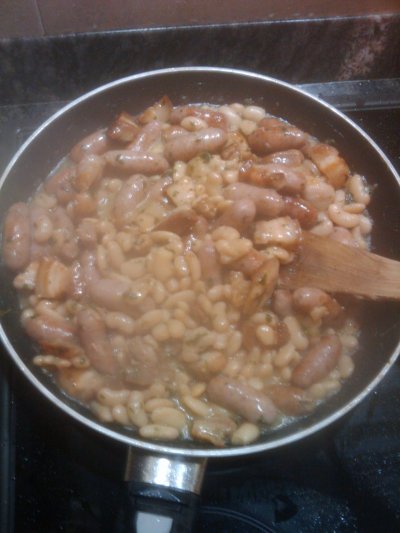The skies over London and most of the rest of northern Europe are quiet this weekend. Eyjafjallajökull’s ash stopped my poor sister from going to New York (a trip she’d been looking forward to for months) and has stranded several friends and colleagues. After the initial ‘wow, they’re really stopping all the flights!’ reaction, the press has now reverted to their usual scaremongering. Apparently, the UK might soon suffer shortages of fresh fruit and vegetables.
Sorry, I’ll say that again: the UK is apparently at risk of fruit and veg shortages. This is the UK, which has some of the finest and most fertile farmland in Europe. Obviously, it has been a pretty tough winter but to me this is a symptom of everything that has gone wrong in our modern world: we’ve stopped growing and eating the vegetables we can produce in March and April in England and instead we fly pineapples in from Ghana and baby sweetcorn from Thailand. This links in to everything: we’re no longer in anyway self-sufficient, we encourage poorer countries to produce food for foreign markets instead of their own, and we fly food in from all over the world: wrong, wrong, wrong.
It’s likely that the volcano’s influence on Britain’s supermarkets won’t last too long. But that doesn’t mean things will be fine forever and ever. With the US military warning that we’ll have passed peak oil production by 2015 (though we must bear in mind that this might just be some kind of move in a game we can’t see, like trying to invade Iran or something) – it seems to be totally undeniable that we’re all going to have to accept some pretty significant changes to the way we live.
Whereas in recent years, eating local, seasonal food cooked slowly has been a sort of retrospective pleasure of the wealthy middle class food snobs in Europe, I reckon that in a few years, that’ll be basically the only way to eat. We might have to accept too that baby sweetcorn and pineapple become birthday treats to be longed for and savoured. What we can’t grow fairly locally, or ship in the old fashioned way, we shouldn’t be eating.
But that’s not the only change I can see happening. As it’ll become more difficult and expensive to transport goods, most European countries will need to start looking once again to local manufacturing and industry. We’ll have to rely less on plastics and other polymers which are also sourced from the petrochemical industry: look around you right now and see if you can identify any item from the last 50 years which definitely didn’t rely on petrochemicals at some point in its production. We’ll have to accept changes in the quality and the quantity of goods that are available.
OK so this post may well sound a little paranoid and rambling. I suppose I’m still trying to organise my thoughts. But my point is that I think it’s very likely that we’ll all have to accept some pretty massive changes to our lives over the next few years and decades. In a way, this volcano is something of a gift because it can remind us of how unsustainable our happy European lives have become.
